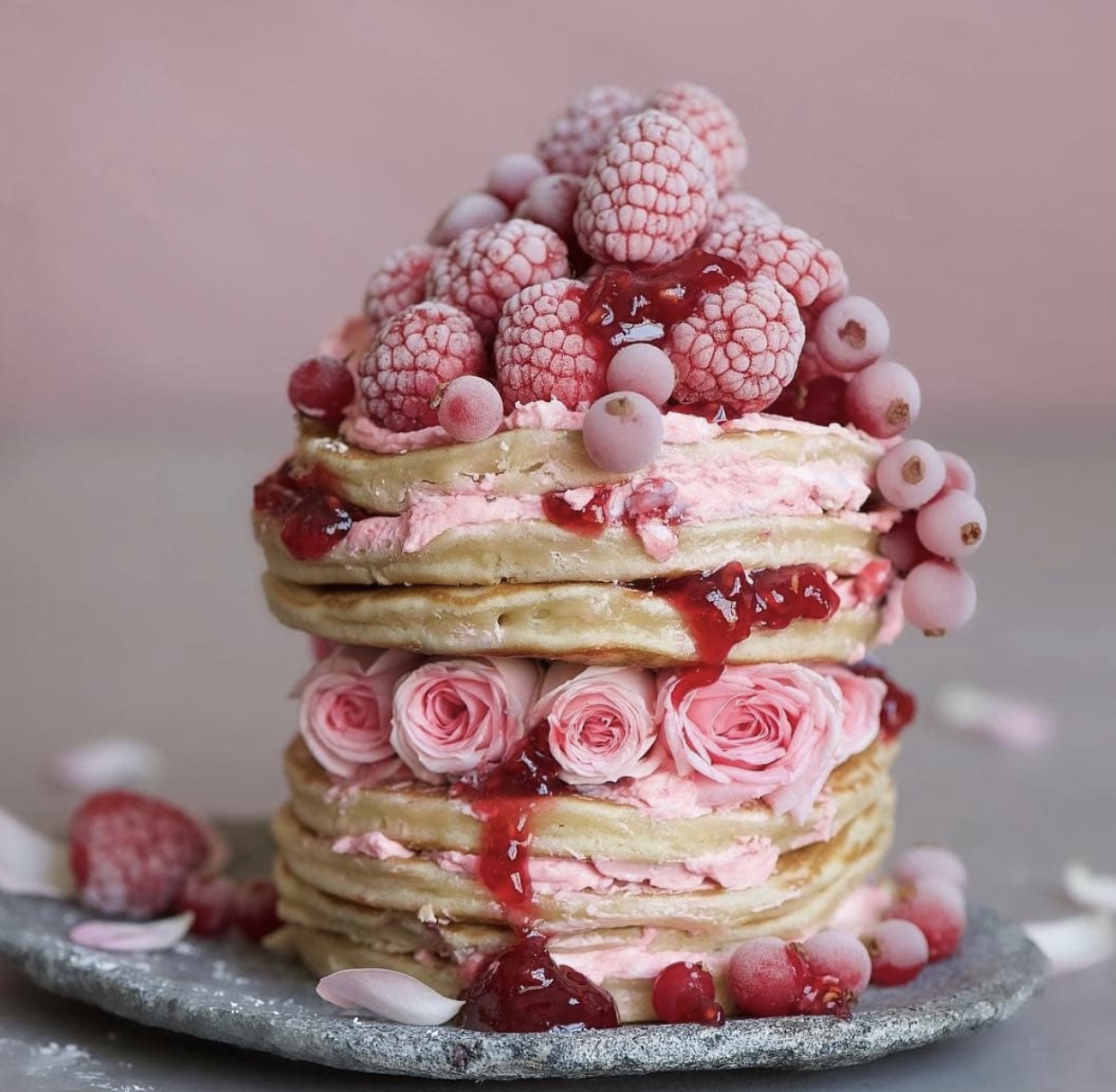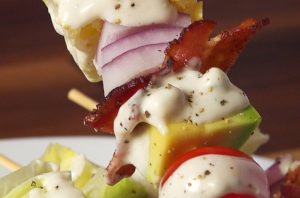Simply put, eating the rainbow involves eating fruits and vegetables of different colors every day.
Plants contain different pigments, or phytonutrients, which give them their color. Different-colored plants are linked to higher levels of specific nutrients and health benefits.
While eating more vegetables and fruit is always a good idea, focusing on eating a variety of colors will increase your intake of different nutrients to benefit various areas of your health.
While there are many purported benefits of phytonutrients, it’s difficult to perform randomized controlled trials — the most rigorous type of research — to prove their efficacy. As such, most research is based on population-level intakes and disease risk.
That said, almost all studies show benefits from regularly eating colorful fruits and vegetables with virtually no downsides. By getting a variety of color in your diet, you’re giving your body an array of vitamins, minerals, and phytochemicals to benefit your health.
SUMMARY
To eat the rainbow, be sure to eat a variety of different-colored fruits and vegetables throughout your day. Most colorful fruits and veggies have anti-inflammatory and antioxidant effects that may benefit different aspects of your health.
The colors
Each color represents a different phytochemical and set of nutrients that may benefit your health.
The following sections go into more detail regarding sample foods, their main phytonutrients, vitamins, and minerals, as well as the benefits of each color category
Note that when it comes to vitamins and minerals, levels can vary for each vegetable or fruit.
Red
Fruits and veggies
* tomatoes
* tomato paste
* tomato sauce
* watermelon
* pink guava
* grapefruit
*
Main phytonutrients
* lycopene (from the vitamin A family)
Main vitamins and minerals
* folate
* potassium
* vitamin A (lycopene)
* vitamin C
* vitamin K1
Health benefits
* anti-inflammatory
* antioxidant
* may benefit heart health
* may reduce sun-related skin damage
* may lower your risk of certain cancers
Orange and yellow
Fruits and veggies
* carrots
* sweet potatoes
* yellow peppers
* bananas
* pineapple
* tangerines
* pumpkin
* winter squash
* corn
*
Main phytonutrients
* carotenoids (e.g., beta carotene, alpha carotene, beta cryptoxanthin), which belong to the vitamin A family
Main vitamins and minerals
* fiber
* folate
* potassium
* vitamin A (beta carotene)
* vitamin C
Health benefits
* anti-inflammatory
* antioxidant
* may benefit heart health
* supports eye health
* may lower your risk of cancer
Green
Fruits and veggies
* spinach
* kale
* broccoli
* avocados
* asparagus
* green cabbage
* Brussels sprouts
* green herbs
Main phytonutrients
* Leafy greens: chlorophyll and carotenoids
* Cruciferous greens (e.g., broccoli, cabbage): indoles, isothiocyanates, glucosinolates
Main vitamins and minerals
* fiber
* folate
* magnesium
* potassium
* vitamin A (beta carotene)
* vitamin K1
Health benefits
* anti-inflammatory
* antioxidant
* cruciferous veggies, in particular, may lower your risk of cancer and heart disease
Blue and purple
Fruits and veggies
* blueberries
* blackberries
* Concord grapes
* red/purple cabbage
* eggplant
* plums
* elderberries
Main phytonutrients
* anthocyanins
Main vitamins and minerals
* fiber
* manganese
* potassium
* vitamin B6
* vitamin C
* vitamin K1
Health benefits
* anti-inflammatory
* antioxidant
* may benefit heart health
* may lower your risk of neurological disorders
* may improve brain function
* may lower your risk of type 2 diabetes
* may lower your risk of certain cancers
Dark red
Fruits and veggies
* beets
* prickly pears
Main phytonutrients
* betalains
Main vitamins and minerals
* fiber
* folate
* magnesium
* manganese
* potassium
* vitamin B6
Health benefits
* anti-inflammatory
* antioxidant
* may lower your risk of high blood pressure
* may benefit heart health
* may lower your risk of certain cancers
* may support athletic performance through increased oxygen uptake
White and brown
Fruits and veggies
* cauliflower
* garlic
* leeks
* onions
* mushrooms
* daikon radish
* parsnips
* white potatoes
Main phytonutrients
* anthoxanthins (flavonols, flavones), allicin
Main vitamins and minerals
* fiber
* folate
* magnesium
* manganese
* potassium
* vitamin B6
* vitamin K1
Health benefits
* anti-inflammatory
* antioxidant
* may lower your risk of colon and other cancers
* may benefit heart health
SUMMARY
Each color represents a different phytochemical and set of nutrients that may benefit your health.
How to do it
The great thing about eating the rainbow is it’s easy to implement.
To eat the rainbow, try to incorporate two to three different-colored fruits or vegetables at every meal and at least one at every snack. While you don’t have to eat every single color every day, try to get them into your diet a few times per week. Here are some ideas:
Breakfast
* an omelet with spinach, mushrooms, and orange bell peppers
* a smoothie with mango, banana, and dragonfruit
* a Greek yogurt bowl with blueberries, kiwi, and strawberries
* a breakfast egg sandwich with tomato, leafy greens, and avocado
Lunch or dinner
* a mixed salad with green cabbage, lettuce, apple, shredded carrots, red pepper, cucumbers, and cherry tomatoes paired with a protein source (e.g., kidney beans, chickpeas, grilled chicken, salmon)
* chicken with roasted sweet potatoes, Brussels sprouts, and garlic
* homemade soup with canned tomatoes, onion, garlic, chopped carrots, white potatoes or parsnip, and kale
* a goat cheese salad with pickled beets, arugula, avocado, and pecans
* spaghetti with tomato sauce, mushrooms, and zucchini
Snacks
* an apple with peanut butter
* red pepper slices with hummus
* grapes and cheese
* a green smoothie or juice
* a banana
* blueberries and yogurt
* broccoli, carrots, and dip
* dried mango slices
* 4–5 longan or lychee fruit
* edamame pods
* celery and melted cheese
The opportunities to include fruits and vegetables into your diet are endless. If you live in an area without fresh produce year-round, try purchasing frozen fruits and vegetables for some meals. They’re equally nutritious, accessible, and affordable.
SUMMARY
Try to eat two to three different-colored fruits or vegetables at every meal, as well as one to two at every snack.
The bottom line
Remembering to eat the rainbow every day is a great and simple way to make sure you’re getting a variety of nutrients into your diet.
Fruits and vegetables of different colors confer various health benefits. By ensuring you’re eating a few colored fruits or vegetables at each meal, you’re setting yourself up for good health.
To try eating the rainbow, work toward adding at least two or three colored fruits or vegetables to each meal and at least one or two to each snack.
Checkout our top yummy rainbow combos below for the week.
For premium Slay Fitness artisan supplements CLICK HERE
Source Health Line





